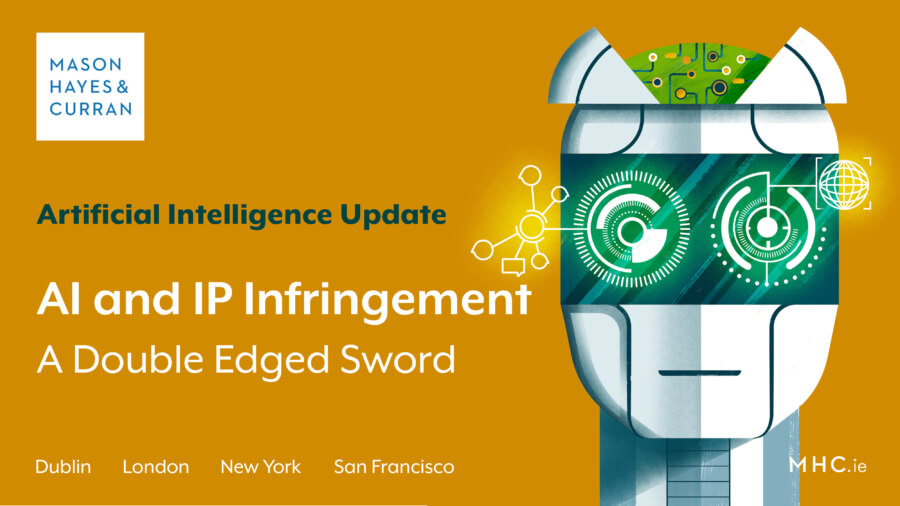
The European Union Intellectual Property Office published a 172 page “Study on the Impact of Artificial Intelligence on the Infringement and Enforcement of Copyright and Designs” (Study) on 2 March 2022.
Through interviews with industry experts, the Study, drafted as a tool for practitioners, looks at the ways AI machine learning can be used both to safeguard and infringe intellectual property rights. The importance of the Study cannot be underestimated, according to Europol’s European Cybercrime Centre (EC3), the EU Agency for Cybersecurity (ENISA) and the United Nations; “infringements of IPR through the malicious use of various new technologies, including AI, are on the rise”.
We outline the findings of the Study in several key areas.
Trade dress infringement
Computer vision technology allows machines to take images, for example from online stores, and understand them as representing three-dimensional objects. This can be combined with generative design tools to mass produce slight variations on the protected design at little cost.
The Study also outlines several potential applications of AI for the detection of infringement. “Web crawlers” are AI algorithms that can scrub through common selling sites. They can then analyse visual imagery to scan shapes and patterns for similarities. In this way, companies can automatically monitor popular sites for knock-off products.
AI-boosted social engineering attacks
Social engineering attacks are a serious problem, both for larger businesses who rely on distance communication between employees, and for smaller businesses which may lack sophisticated security protocols. The Study outlines how new technologies can make such attacks more effective and how they can be used to steal trade secrets and intellectual property.
The Study discusses the potential danger of “deepfakes”, computer generated copies of human voices or images. These can be used by criminals in more effective phishing attacks. The Study describes a scenario whereby an AI generated copy of the CEO’s voice can be used to leave a message on an employee’s phone, asking them to send IP information to a particular email address.
AI also has potential application in preventing such attacks. Message filtering systems can learn from previous phishing attempts and develop better filters to catch spam emails and texts before they reach users.
Identifying unlawful streaming
Combatting illegal streaming sites can be an uphill struggle for rights-holders. As soon as sites are taken down they can reappear using slightly different names.
AI “web crawlers” can detect patterns in websites’ domain names, layouts and branding in order to automatically identify potentially infringing sites. Similarly, algorithms can be trained to recognise the content belonging to the rights-holder and flag websites which host such content. AI systems can then automatically generate requests for notice and take-down orders.
Conclusion
Many of the AI systems discussed in the Study are still in what it describes as the “exploration” and “conversion” stages. This is where existing software is modified to suit new applications. The Study warns, however, that “weaponisation” is the next step, and that businesses must be aware of the potential risks.
At the same time, AI has the potential to streamline the prevention, detection and reporting of IP infringement. The European Parliament passed resolution 2020/2016(INI), endorsing the use of AI in law enforcement on 6 October 2021.
Next steps
This is a rapidly developing sector with both opportunities and challenges for IP rights-holders. Businesses would do well to examine their vulnerabilities, while exploring how they can use AI to bolster their enforcement practices.
For more information, contact a member of our Intellectual Property team.
The content of this article is provided for information purposes only and does not constitute legal or other advice.







